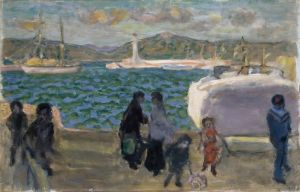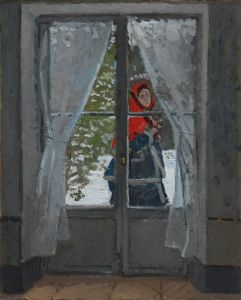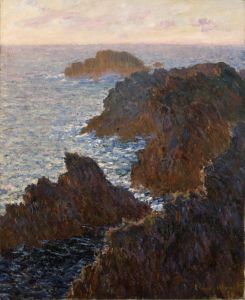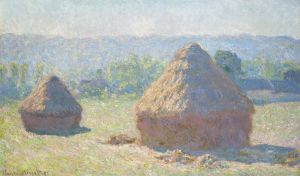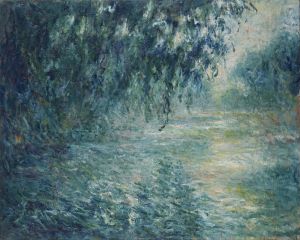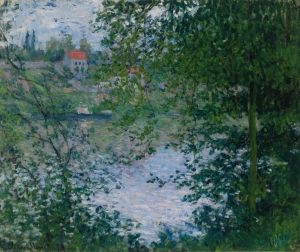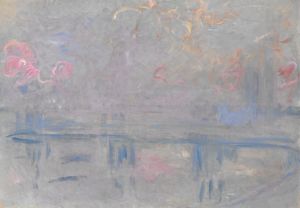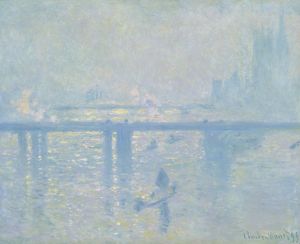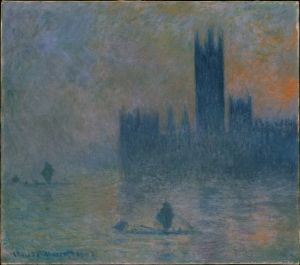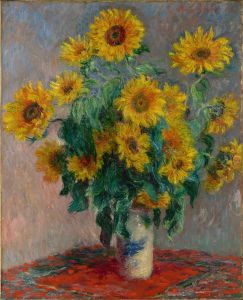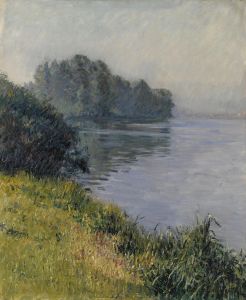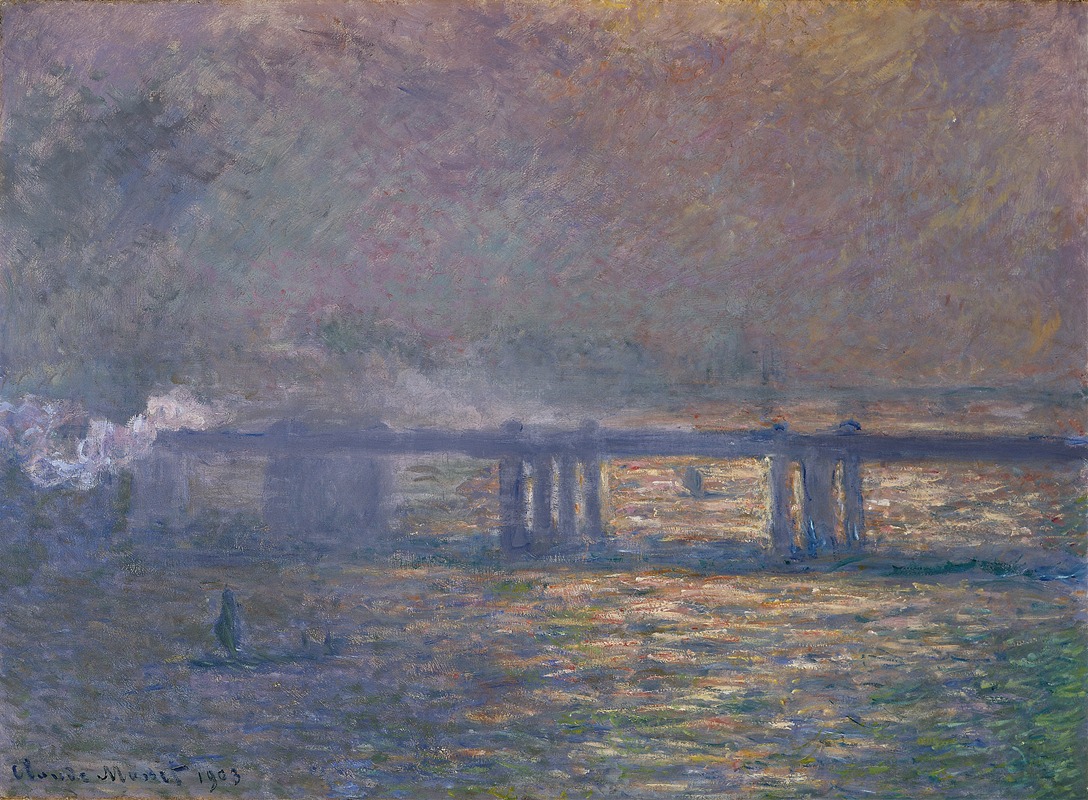
Charing Cross Bridge
A hand-painted replica of Claude Monet’s masterpiece Charing Cross Bridge, meticulously crafted by professional artists to capture the true essence of the original. Each piece is created with museum-quality canvas and rare mineral pigments, carefully painted by experienced artists with delicate brushstrokes and rich, layered colors to perfectly recreate the texture of the original artwork. Unlike machine-printed reproductions, this hand-painted version brings the painting to life, infused with the artist’s emotions and skill in every stroke. Whether for personal collection or home decoration, it instantly elevates the artistic atmosphere of any space.
Claude Monet's Charing Cross Bridge is one of a series of paintings created by the French Impressionist master during his visits to London in the late 19th and early 20th centuries. Monet painted multiple views of the Charing Cross Bridge, Waterloo Bridge, and the Houses of Parliament, capturing the atmospheric effects of fog, light, and weather on the River Thames. These works are celebrated for their innovative use of color and light, hallmarks of the Impressionist movement.
Monet first visited London in 1870–1871 during the Franco-Prussian War, but it was during his later trips between 1899 and 1901 that he focused on painting the city's landmarks. The Charing Cross Bridge series was created during this period, as Monet stayed at the Savoy Hotel, which offered him a clear view of the Thames and its surrounding architecture. The bridge, a key feature of London's infrastructure, connects the areas of Charing Cross and Lambeth and spans the river near the city's center.
Monet's depictions of Charing Cross Bridge are notable for their emphasis on atmospheric conditions rather than architectural detail. He was particularly fascinated by the interplay of fog and light, which often shrouded the city in a soft, diffused glow. Using a palette of muted tones and vibrant highlights, Monet captured the ephemeral qualities of London's environment, creating works that are both realistic and dreamlike. The paintings in this series often feature the bridge as a dark silhouette against a luminous sky or river, with the surrounding mist lending a sense of mystery and transience.
The Charing Cross Bridge series is part of Monet's broader exploration of urban and natural landscapes, where he sought to depict the same subject under varying conditions of light and weather. This approach aligns with his earlier series, such as the Haystacks and Rouen Cathedral, where he painted the same subject at different times of day and in different seasons. Monet's London series, including the Charing Cross Bridge paintings, reflects his deep interest in capturing the fleeting effects of light and atmosphere.
Today, several paintings from the Charing Cross Bridge series are housed in major art institutions and private collections around the world. These works are considered significant examples of Monet's mature style and his ability to convey the intangible qualities of a scene. They also serve as a historical record of London's industrial landscape at the turn of the 20th century, highlighting the coexistence of nature and modernity.





